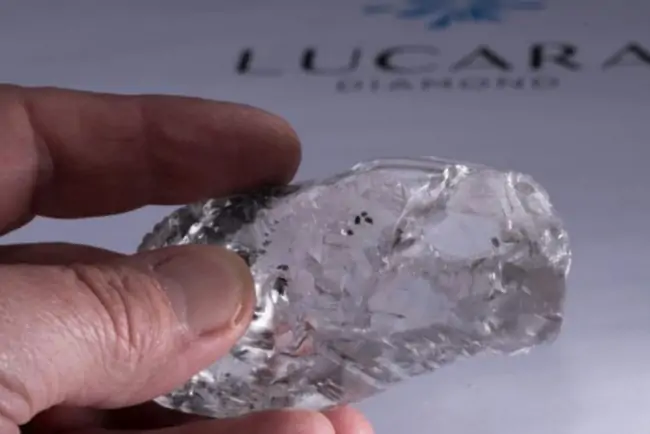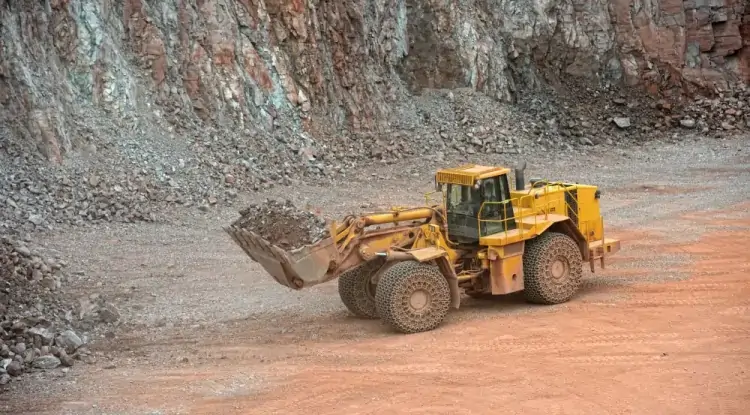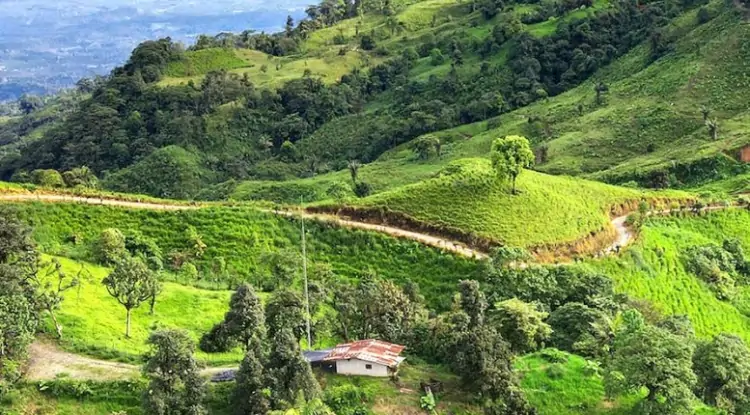Australian spodumene producers staying the course amid low prices
This year is shaping up to be another tough one for the world’s lithium producers, but the Australian sector is taking new price lows in its stride.

Australia is already the world’s largest lithium producer, via a handful of hard rock mines, all in Western Australia.
Despite weak market conditions, it is set to grow its market share again this year due to new mines coming online.
Covalent Lithium, a 50:50 joint venture between Chile’s SQM and Australian conglomerate Wesfarmers, opened the 380,000 tonne per annum Mt Holland mine in March, while Liontown Resources reported this week that first production from its 500,000tpa Kathleen Valley operation was imminent.
Canaccord Genuity expects Australian supply to rise from 350,000t of lithium carbonate equivalent (LCE) in 2023 to 500,000t LCE this year and just under 1 million tonnes in 2030.
As a result of increasing supply, the bank expects 6% spodumene (SC6) prices to remain range bound at $1000-1500 per tonne until 2027.
‘Moving feast’
The market continues to grapple with a lack transparency on lithium pricing mechanisms.
Pilbara Minerals, owner of the 820,000tpa Pilgangoora mine, reported a June quarter average realised price of $840/t (on an SC5.3 basis), just 4% higher than the March quarter and a large miss on consensus forecasts of $935/t.
“The market has seen a softening in pricing across the second half of the quarter, which has continued into July, but it’s been broadly pretty level and hasn’t seen some of the volatility experienced earlier,” Pilbara managing director Dale Henderson said.
During July, Pilbara completed price reviews with two of its major customers, which it said should result in improved pricing outcomes in the September quarter.
“It’s always been a moving feast on pricing, depending on indices at different points of time that move out of sync, and I appreciate that’s really challenging for the market, because it’s really difficult to try and find an understanding of what is the prevailing market price,” Henderson said.
Mineral Resources, which operates the Mt Marion, Wodgina and Bald Hill mines, surprised the market last week when it reported average realised pricing of $970/t, or $1212/t on an SC6 basis, up 15% on the March quarter and above expectations.
“There are five index prices around spodumene and if you took an average, that shouldn’t be too far off the mark,” MinRes investor relations manager Chris Chong said on a conference call.
Greenbushes still the benchmark
The Greenbushes mine, southeast of Perth, is the world’s largest hard rock lithium operation. It is owned by a joint venture of Albemarle Corporation, Tianqi Lithium and IGO.
In January, IGO flagged lower production and sales from the mine in line with customer requirements.
On Tuesday, the company confirmed the operation was producing at full capacity, with sales for the June quarter surging by 190% quarter-on-quarter to 530,000t.
Greenbushes’ position at the bottom of the cost curve led to a 164% in quarterly earnings to A$558 million.
“The tonnes that we produce out of Greenbushes are always going to win on a like-for-like basis against spodumene from anywhere else in the world,” IGO managing director Ivan Vella said.
“Even some of the best deposits out there that are being considered for development just don’t have the same cost potential.”
Producers still expanding
Pilbara has just kicked off commissioning of its P680 brownfields expansion project, while the P1000 project, which will take production from more than 800,000t this financial year to 1Mtpa, is due to be commissioned in the March 2025 quarter.
The company recently released a prefeasibility study into the P2000 project to take Pilgangoora’s production to 2Mtpa.
“I’d like to stress, we’ll only expand when this expansion makes sense for our shareholders and partners, of course, taking into consideration the market outlook,” Henderson said.
At Greenbushes, the construction of a third chemical-grade processing plant, which will increase production by 500,000tpa of spodumene, is advancing with commissioning scheduled for mid-2025. A further expansion is in the planning stage.
MinRes is yet to provide lithium guidance for the 2025 financial year but all three of its operations have expansion potential.
Waiting on the market
Core Lithium suspended its Finniss operation in the Northern Territory earlier this year due to weak market conditions.
New CEO Paul Brown said the company had adopted a “light touch” care and maintenance strategy.
Brown said Core was hoping to be in a position to consider a restart in the first half of 2025 but said there wasn’t a particular price threshold the company was waiting for.
“There will be a number of factors that we will think about – not just the spodumene price – that will give our board and organisation confidence to be able to re-enter the market and in the position we’re in, being debt-free and having cash in the bank, these are the things that we need to get right,” he said.
Global Lithium Resources, which owns the Manna lithium project in WA’s Goldfields, is pushing ahead with a definitive feasibility study with a view to make a final investment decision in the June 2025 quarter.
Global Lithium managing director Ron Mitchell said the company was determined to continue to advance Manna as its peers downed tools.
“Importantly, by the end of this year, we’ll be one of only a handful of companies on the planet that has completed a DFS, with a mineral reserve, that has a mining lease in hand, and that is going to position our company wonderfully well as we move towards FID, with the market rebounding in 2025,” he said.
Demand still strong
Henderson said demand from Pilbara’s customers remained strong and it continued to receive inbound enquiries.
“All of our customers continue to push us for product – there’s certainly no issues around any of that,” he said.
“We’re quite comfortable with what we’re seeing. We’re not seeing any cause for concern.”
Core still has inventory at site and Brown said while the company was not in a hurry to sell it, it would continue to entertain offers.
He said the company was receiving 20-30 calls a week from potential Chinese customers but was prepared to wait for the right opportunity.
“While the value of spodumene has certainly declined, the hunger for it, through those Chinese manufacturers, is still very evident,” Brown said.
Global Lithium’s Mitchell, who is also chairman of the London Metal Exchange’s Lithium and Cobalt Committee, said the company was receiving an “enormous” number of enquiries and hosted 20 Chinese parties in its Perth office in July.
“I’ve been in the sector for 14 years, so this is the third cycle I’ve been through, and whilst it’s brutal at the moment and equities have been hammered, we think the upside is certainly there,” Mitchell said.
“These type of energy transitions don’t come around too often and they are challenging to navigate.
“I’ve been in the trenches and I absolutely know what’s ahead and the thing that gives me confidence is the tremendous interest we’re receiving from the strategics and that downstream group on a global basis.
“The best days in the market are ahead of us. This is a challenging year, no question, but it’s not a time to jump in the shadows.”














